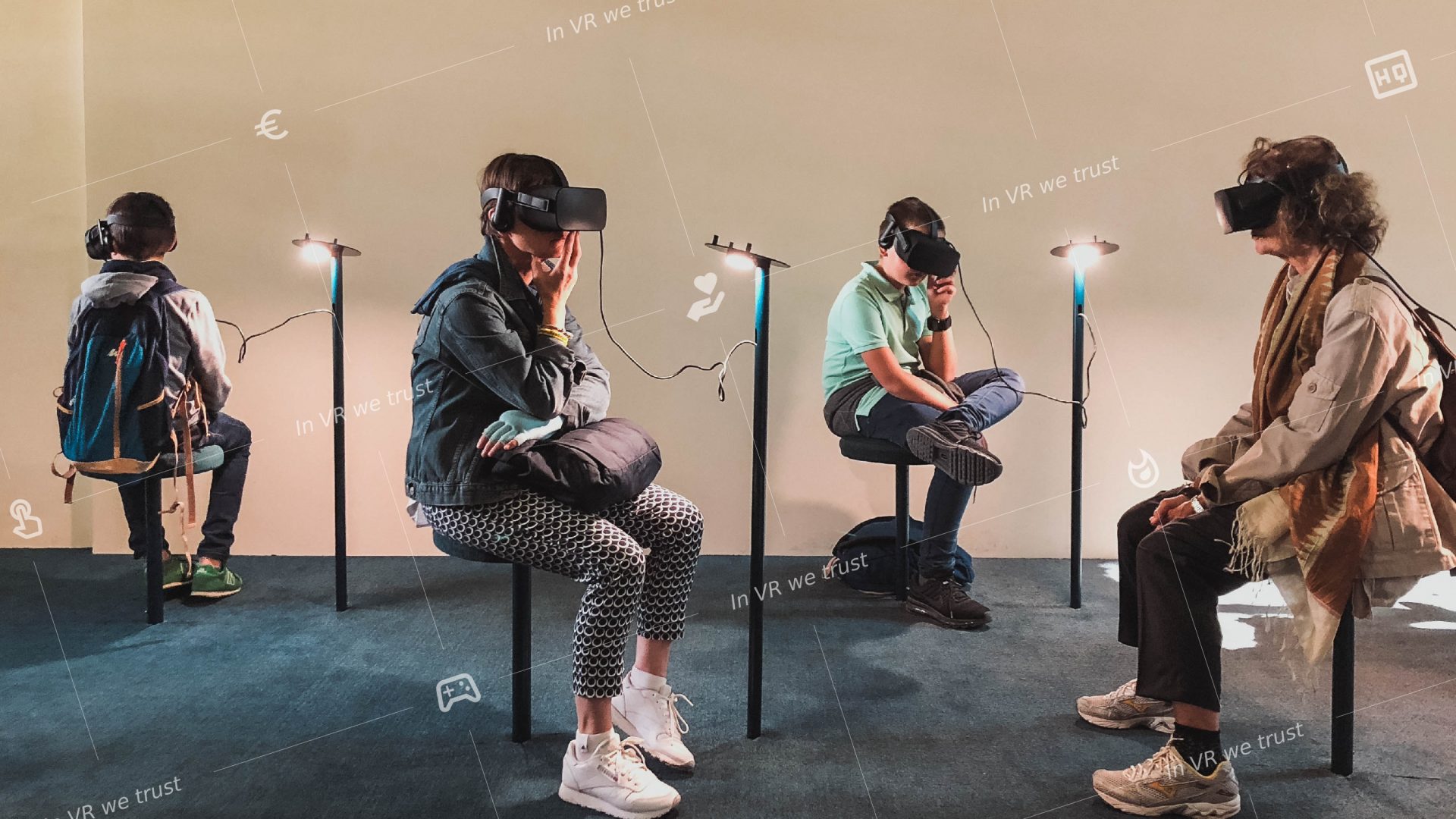
- Exhibition
In VR we trust
- VR
Dates
Open Call:
Closed
Why is that? What is the real benefit of VR, besides generating new markets? What hopes do we associate with VR, what goals do we have in mind, especially in the artistic field? Isn’t VR often used uncritically and without reflection in the art world, and doesn’t it also generate new, enthusiastic customers for the tech industry?
Daniel Hengst and Clemens Schöll critically observe the trend around VR: In the context of this trend, countless exhibitions and sponsorships have been organized – often with artistically mediocre contents, which apparently were only offered a platform because of their medium. What incentive and what added value do visitors have apart from the new (often first) experience with a VR headset? Do we find ourselves in that media-historical time in which McLuhan’s “the medium is the message” is completely realized? And if so, how and with which concepts is this point overcome?
The two-part exhibition “In VR we trust” at the NRW Forum in Düsseldorf and at the Nudel in Zeitz aims to reflect on the current status and future value of virtual reality as an artistic tool or medium on the basis of four critical positions and at the same time to enable a public discussion about it.
We are looking for works that critically deal with one or more of the following questions and perhaps offer answers:
-
Why should artists deal with VR? What actual added value does VR have for art and for our society?
-
Is VR inherently different from previous “new media” (360° film, before that 3D film, before that film, before that photography) or is it simply a new form in a gradual development?
-
In other words: How can we understand VR as an already mature, grown-up medium?
-
What expectations do viewers have of VR (headsets)? How can we actively deal with them?
-
How can the fractures between analogue and virtual reality be discussed primarily or even entirely from virtual reality and not from the analogue?
-
What can VR art look like that primarily triggers an artistic and not a media experience?
The four selected positions will each be shown for one day at the NRW Forum in Düsseldorf and at the Nudel in Zeitz in two four-day discursive exhibitions. These will be accompanied by discussions, lectures and an intensive exchange with the other artists. For this reason the continuous presence at both exhibitions is required.
The call is addressed to artistically working people of all self-definitions. We are especially happy to receive applications from people who are normally underrepresented in the VR (art) scene.
In the context of this exhibition project we want to experiment with a process of co-curation. Further information can be found on our website.
On trust.invr.info we accompany the project with conversations, discussions and links.
“In VR we trust”, curated by Daniel Hengst & Clemens Schöll, a project of THIS IS FAKE, in cooperation with plusnull e.V., supported by the E.ON foundation.
Participate
Why is that? What is the real benefit of VR, besides generating new markets? What hopes do we associate with VR, what goals do we have in mind, especially in the artistic field? Isn’t VR often used uncritically and without reflection in the art world, and doesn’t it also generate new, enthusiastic customers for the tech industry?
Daniel Hengst and Clemens Schöll critically observe the trend around VR: In the context of this trend, countless exhibitions and sponsorships have been organized – often with artistically mediocre contents, which apparently were only offered a platform because of their medium. What incentive and what added value do visitors have apart from the new (often first) experience with a VR headset? Do we find ourselves in that media-historical time in which McLuhan’s “the medium is the message” is completely realized? And if so, how and with which concepts is this point overcome?
The two-part exhibition “In VR we trust” at the NRW Forum in Düsseldorf and at the Nudel in Zeitz aims to reflect on the current status and future value of virtual reality as an artistic tool or medium on the basis of four critical positions and at the same time to enable a public discussion about it.
We are looking for works that critically deal with one or more of the following questions and perhaps offer answers:
-
Why should artists deal with VR? What actual added value does VR have for art and for our society?
-
Is VR inherently different from previous “new media” (360° film, before that 3D film, before that film, before that photography) or is it simply a new form in a gradual development?
-
In other words: How can we understand VR as an already mature, grown-up medium?
-
What expectations do viewers have of VR (headsets)? How can we actively deal with them?
-
How can the fractures between analogue and virtual reality be discussed primarily or even entirely from virtual reality and not from the analogue?
-
What can VR art look like that primarily triggers an artistic and not a media experience?
The four selected positions will each be shown for one day at the NRW Forum in Düsseldorf and at the Nudel in Zeitz in two four-day discursive exhibitions. These will be accompanied by discussions, lectures and an intensive exchange with the other artists. For this reason the continuous presence at both exhibitions is required.
The call is addressed to artistically working people of all self-definitions. We are especially happy to receive applications from people who are normally underrepresented in the VR (art) scene.
In the context of this exhibition project we want to experiment with a process of co-curation. Further information can be found on our website.
On trust.invr.info we accompany the project with conversations, discussions and links.
“In VR we trust”, curated by Daniel Hengst & Clemens Schöll, a project of THIS IS FAKE, in cooperation with plusnull e.V., supported by the E.ON foundation.
Curatorial statement
In September we published a shortlist of ten quite diverse VR artworks. In the weeks since we've posed ourselves and the co-curators to interrogate each work not only as an artwork, but also how it uses VR, how it addresses challenges when working with VR, where it pushes the known boundaries of VR, and ultimately why the artwork is and should be a VR artwork.
To approach these questions we tried to identify and isolate certain aspects of art in/with VR. In the following we will name a range of them and thereby name the four artworks that will be included in the exhibitions in Zeitz and Düsseldorf next year.
We'd like to thank everybody who submitted an artwork for their effort and regret being unable to accomodate more pieces. Yet it was only through the numerous submission that we were able to shape the following understanding of VR. We would like to invite all submitting artists to join the discussion during the exhibitions.
One omni-present interest and challenge when connecting virtual and physical environments are the re-mediations of experiences as well as the overlapping experiences of re-mediated elements. Dani Ploeger's The Grass smells so sweet is full of inter-media connections: On a flat screen you can read testimonials and expect to practice your empathy by undergoing an interpreted representation of them in VR. Actual living grass in the exhibition space and an aroma dispenser spreading grass scent raise your expectations of a technically and aesthetically advanced experience — only to find your assumptions on VR experiences subverted.
To the contrary, two works employ lush and very digital graphics: Elena Romenkova's Gliese 667 Cc takes us on a journey through impossible rooms. Being a 360° movie we are forced to take in the variations of objects and materials/shaders while the camera — replacing our virtual nonexistent body — steadily moves on. But what do we see here? The boundary between a virtual exhibition of several works and an exhibition as the virtual work itself is blurred, just like the human body and the hypothetical technological pendant of that very body. This is further intensified by elements within the virtual world, such as screens showing aesthetically similar worlds or numerous representations of bodies.
A contrasting use of body presence is found in Matias Brunacci's Virtualshamanism. The work includes representations of our body and explores interaction by using the (digitized) body as an interface. The virtual realm is posed as not only a technological but also a spiritual space. The virtual reality appears as a meditation about the world, the capabilities of the technology simulate a portal into another, higher consciousness. In the exploration of this possibility — similar to Ploeger's work — we are confronted with the supposed "experience" of something by being put into a crafted setting.
Last but not least Robin Kötzle's Chinesischer Pavillon (Chinese Pavilion) stands out in it's playful yet political collage of digital media. In a very self-evident way, modeled and scanned 3D objects, images and videos contrast and complement each other to create an unpretentious experience that asks us questions about our relationship to (virtual) representation and, in this respect, the integrity of our own body. The implicitness with which VR is used in this setting without being unalert of its unique traits sheds light into what a VR art of the future might look like.
We're very excited to show you these pieces next year and discuss them - because one thing was very obvious in our process: we're still learning how to talk about VR, what to relate it to, and how to document it in 2D material — thus seeing a piece in VR yourself makes all the difference. We hope to welcome you in one of the exhibitions where you can validate our take on VR and discuss it with the artists, the audience, and us.
Online from May 5th 2021
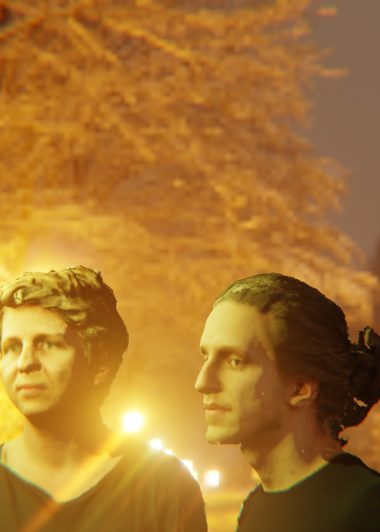
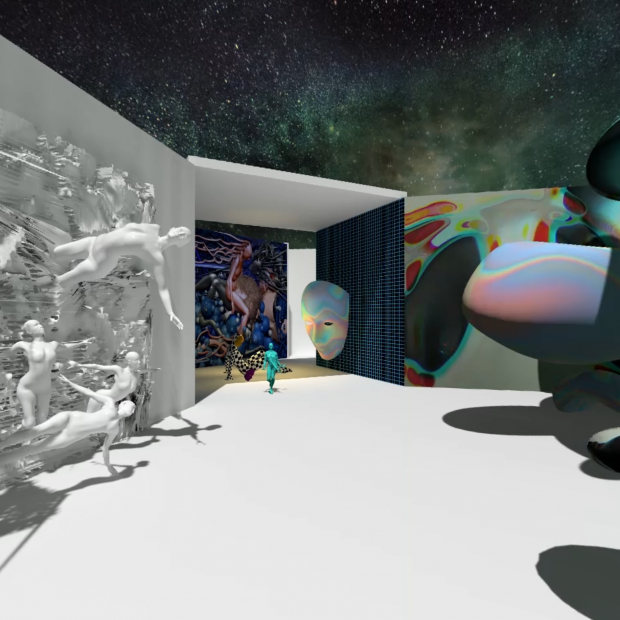
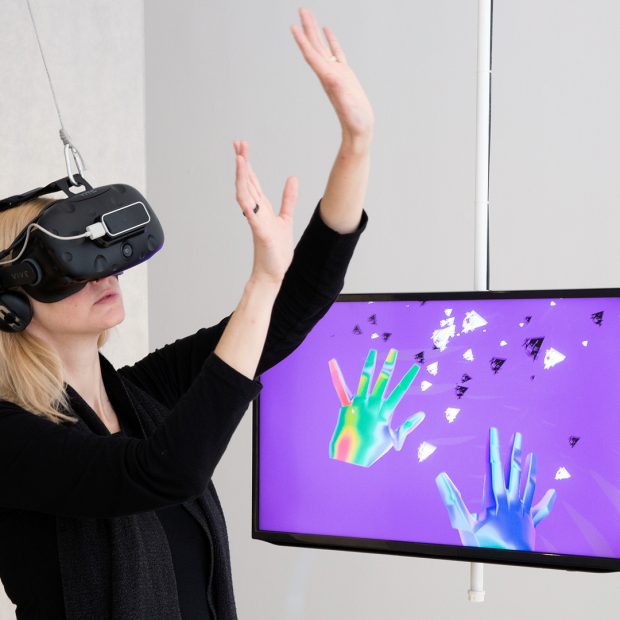
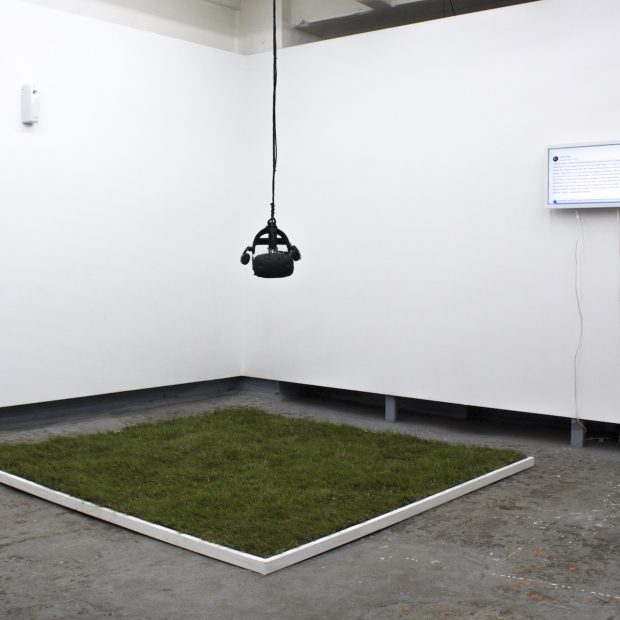
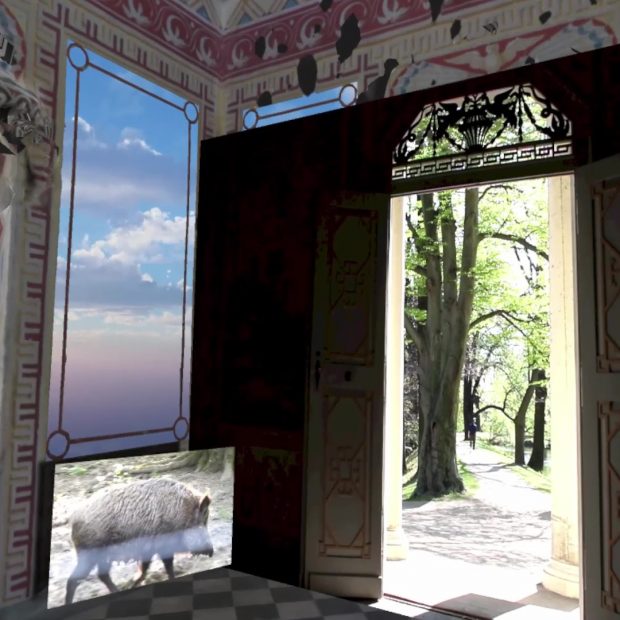
Hallo Nieves, bei diesem Open Call wird am 10.10. auf dieser Seite eine Shortlist veröffentlicht. Eine Eingangsbstätigungsmail müsstest du aber bekommen haben. Liebe Grüße
Hi, ich habe ein Paar Projekte eingereicht, habe aber noch keinen Bestätigunsemail bekommen. Ist das ok?
Apologies, the museum is in Germany